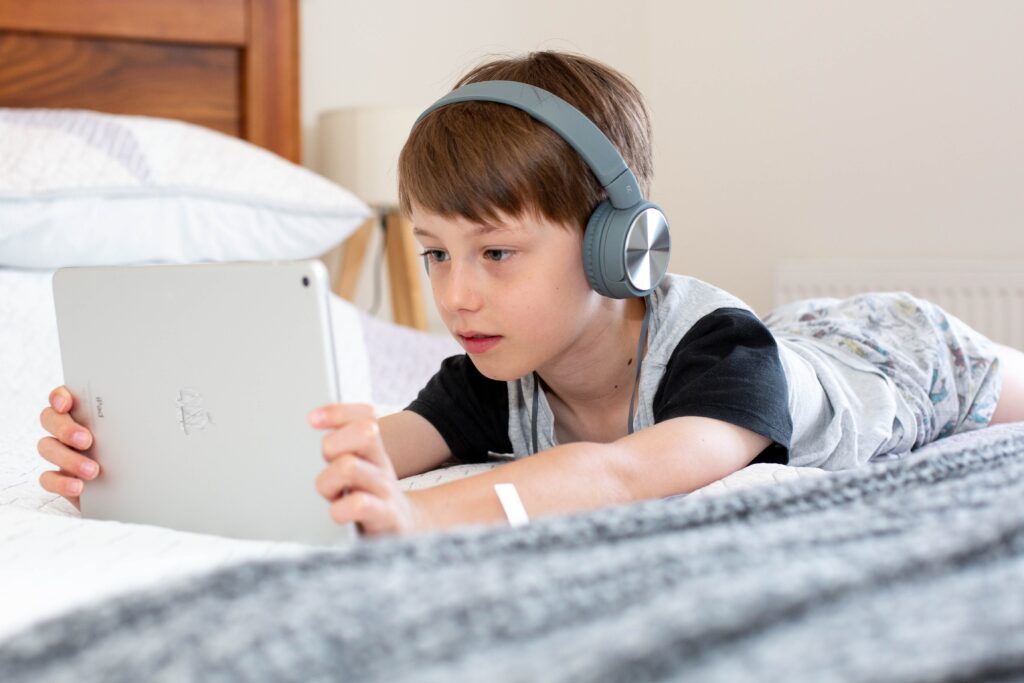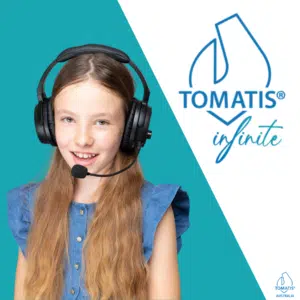Meet Emma, a vibrant 9-year-old girl grappling with the challenges of Auditory Processing Disorder (APD). Born into a family that thrived on lively conversations and music, Emma’s parents, Sarah and Mark, noticed early on that their daughter’s responses to auditory stimuli were different. While her love for music was undeniable, she often struggled to follow verbal instructions and engage in everyday conversations. As Emma entered the school environment, her challenges escalated, impacting both academic performance and social interactions.
Background:
Emma’s parents, concerned about their daughter’s struggles, sought professional guidance. After a thorough evaluation, Emma was diagnosed with APD, shedding light on the hurdles she faced in processing and comprehending auditory information. In the classroom, following lectures and understanding assignments proved to be formidable tasks, leading to academic setbacks. Social interactions also became intricate puzzles, with Emma often feeling isolated due to communication difficulties.
Struggles in Class and Social Life:
Emma’s journey in the educational landscape was marked by persistent challenges. In the classroom, the gap between verbal instruction and comprehension widened, affecting her academic progress. Socially, Emma found it challenging to engage in conversations with peers, leading to feelings of isolation. The disconnection between her love for music and struggles in the auditory realm became a focal point for intervention.
Children with Auditory Processing Disorder (APD) often face challenges in language learning and communication. In order to support their development, it is crucial to employ effective strategies that enhance comprehension and retention. This article explores various approaches, with a special emphasis on the Tomatis® Method, to provide valuable insights for parents, educators, and caregivers.
Understanding Auditory Processing Disorder:
Before delving into strategies, it’s important to grasp the nature of Auditory Processing Disorder. Auditory Processing Disorder in children affects the brain’s ability to interpret sounds, making it challenging for individuals to process auditory information effectively. This, in turn, impacts language development and communication skills. One early sign of auditory processing disorder can be associated with speech delay or articulation issues that make the language non understandable for people outside parents.






